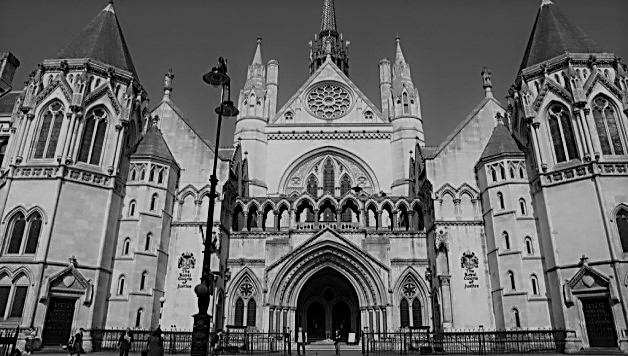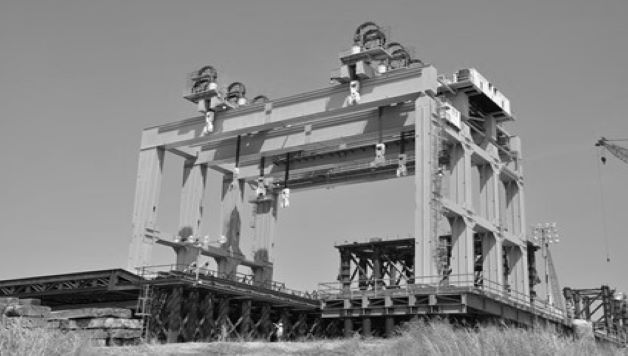A recent interlocutory decision in ongoing civil cartel proceedings against BlueScope Steel Limited is a timely reminder that documents provided voluntarily to the ACCC as part of the informal merger review process may, in certain circumstances, be used by the regulator in subsequent proceedings — even where those proceedings are unrelated to the original merger.
In Australian Competition and Consumer Commission v BlueScope Steel Limited (No 3), O’Bryan J held that so-called “merger documents” produced by BlueScope to the ACCC in support of an earlier application for informal merger clearance were later admissible under the Evidence Act 1995 (Cth):
- as business records of BlueScope (within s 69);
- as admissions of BlueScope (within s 81); and
- as containing admissions of BlueScope made with authority by its legal advisor and/or economic advisor (within s 87).
Justice O’Bryan also concluded that various statements made by BlueScope in the merger documents — which identified its competitors in respect of the supply of flat steel products — were “likely to be highly relevant” to the issue of competition arising in the cartel proceeding. In doing so, his Honour made some interesting observations as to the nature of the factual enquiry into competition for the purposes of an assessment of a merger under s 50 of the Competition and Consumer Act 2010 (Cth), as compared to the factual enquiry into competition for the purposes of an assessment of cartel conduct. The latter, his Honour explained, is properly characterised as a subset of the former.
Facts
In August 2019, the ACCC commenced proceedings against BlueScope and Mr Jason Ellis, the then General Manager of Sales and Marketing of BlueScope’s Coated Industrial Products Division, through which BlueScope manufactured and supplied various flat steel products in Australia. The ACCC alleged that between September 2013 and June 2014, BlueScope and Mr Ellis attempted to induce certain suppliers of flat steel products in Australia to make an arrangement or arrive at an understanding containing a cartel provision, contrary to s 44ZZRJ of the Competition and Consumer Act. One of those suppliers was OneSteel Pty Ltd.
At trial, O’Bryan J made rulings with respect to various categories of evidence. One such category was so-called “merger documents” provided to the ACCC by BlueScope in August 2013 in support of an application for informal clearance of a proposed acquisition of certain OneSteel Sheet & Coil distribution business assets from Arrium Limited. The ACCC sought to tender those documents, which relevantly comprised:
- a document titled “Background briefing on the Australian steel industry” prepared by BlueScope dated 25 August 2013;
- various documents prepared and submitted by BlueScope’s external lawyers at various stages of the ACCC’s merger review proves in 2013, including correspondence, submissions, presentations and responses to requests for information; and
- a report by BlueScope’s retained economic advisor titled “The Competitive Effects of the Proposed Acquisition of OneSteel Sheet and Coil Distribution” dated 29 August 2013.
The merger documents contained information relevant to the ACCC’s assessment of whether BlueScope’s proposed acquisition would contravene s 50 of the Competition and Consumer Act, including various statements describing BlueScope’s steel business, economic analysis and submissions. Importantly, the merger documents contained matters relevant to the issues in the cartel proceeding, namely “representations relating to the nature and extent of competition in respect of the manufacture, importation and distribution of flat steel products in Australia”, which were contemporaneous with the conduct the subject of the ACCC’s allegations.
Were the merger documents admissible?
The merger documents would ordinarily be inadmissible by operation of the hearsay rule in s 59 of the Evidence Act. The ACCC submitted that the documents were nevertheless admissible on three bases:
- First, the merger documents were admissible as business records pursuant to s 69 of the Evidence Act.
- Secondly, the merger documents were admissible as admissions of BlueScope pursuant to s 81 of the Evidence Act.
- Thirdly, to the extent they were authored by BlueScope’s legal advisors and/or economic advisor, the merger documents contained admissions made with authority pursuant to s 87 of the Evidence Act.
BlueScope disputed these bases, and additionally contended that the merger documents contained representations which constituted inadmissible opinion evidence, and which were irrelevant to the issue of competition in the proceeding. The parties’ respective contentions, and O’Bryan J’s conclusions, are summarised in the table below:
BlueScope separately contended that to the extent that the merger documents contained statements concerning competition and competitors for the supply of flat steel products in Australia, those statements were irrelevant to the cartel proceeding. BlueScope sought to distinguish between:
- the relevant issue to be considered under s 50 of the Competition and Consumer Act (i.e., whether the proposed merger would substantially lessen competition); and
- the issue to be considered in the cartel proceeding (i.e., whether the parties to the alleged attempted arrangement or understanding were in competition with each other in relation to the supply of the flat steel products).
BlueScope submitted that because market definition “is purposive and depends on the issue at hand”, statements in relation to competition in a merger context had no relevance to the cartel proceeding.
Although O’Bryan J agreed that the focus of the factual enquiry into competition for the purposes of an assessment of a merger under s 50 differed from the focus of the factual enquiry into competition for purpose of an assessment of cartel conduct, his Honour explained that the latter was properly characterised as a subset of the former:
Section 50 requires an enquiry into the nature and extent of competition in relevant markets and the likely effect of the merger on that competition. Thus, it requires a “market level” focus. In contrast, the definition of cartel provisions requires an enquiry into whether at least two of the parties to the contract, arrangement or understanding are or are likely to be in competition with each other in relation to the goods or services the subject of the cartel provision. Thus, the definition of cartel provisions focuses upon competition between individual suppliers. That means that the factual enquiry required in the context of cartel conduct is a subset of the factual enquiry required in the context of a merger. Ultimately, though, the enquiry concerns the same question: the existence of competition in respect of the supply of particular goods or services.
As such, his Honour concluded that the representations made by BlueScope in the context of its application for informal clearance (which relevantly identified its competitors in respect of the supply of flat steel products) were “likely to be highly relevant” to the issue of competition arising in the proceeding.
Key takeaways
The decision of O’Bryan J is a timely reminder that:
- documents provided voluntarily to the ACCC as part of the informal merger review process may be used by the ACCC in subsequent proceedings that are unrelated to the original merger;
- notwithstanding the fact that the informal merger review process is a mechanism by which an applicant seeks to persuade the ACCC not to commence a proceeding under s 50 of the Competition and Consumer Act, such a proceeding will not necessarily be treated as “likely” or “reasonably probable” for the purposes of sub-para 69(3)(a) of the Evidence Act; and
- documents prepared by the legal and/or economic advisors of a party may, in certain circumstances, be used as an admission of that party.
Image credit: Steel Worker by billjacobus1 / Creative Commons CC BY 2.0 / remixed to black and white and resized









